THE UNKNOWN LONDON LOCATION WHERE NAZI GENERALS TALKED OPENLY TO EACH OTHER AND SECRETLY TO BRITISH EAVESDROPPERS
(AND A PLEA FOR YOUR HELP TO PREVENT TRENT PARK FROM BEING LOST TO HISTORY)
Between 1942 and 1945 sixty-three Nazi generals captured on the battlefield, were secretly and continuously interrogated in this North London mansion known as Trent Park.
The highest ranking officers were given unrestricted access to many of the mansion’s lavish rooms for chance encounters, arranged meetings, or for casual chat during meals in their private dining room. They read books in the German languague from a continually stocked library, played billiards, table tennis, even indoor tennis, attended classes in English, enjoyed walking priviliges within the vast estate, had a sundries shop for beer and cigarettes, joined excursions to places such as Hampton Court, and were dutifully paid monthly in pound sterling. Even potential artists were given drawing materials.
How fortunate for the prisoners to enjoy the relative freedom of a noble house owned by the eminent Sassoon family. The easy environment, however, was actually a British ruse intended to deceive the prisoners into making unplanned comments perhaps leading to critical disclosures about the military planning process or musings about battles won or lost.
Ranging upwards in rank from Generalmajor, Generalleutnant, General, and Generaloberst, the cream of the German officer corps enjoyed a comfortable confinement unknown to Allied prisoners, but with a clear purpose for the unexpected generosity. Increasing confidence within an informal setting could lead, it was earnestly hoped, to revealed intimacies disclosing strategies, tactics, or the fate of Europe’s Jews. A spy would yearn to be a fly on the wall during those talks.
In fact, there were bugs of a different type on many of the walls and ceilings throughout the grand home. At least twelve of the common area rooms were rigged for electronic eavesdropping by CSDIC, a branch of British intelligence. Engineers had secreted microphones in walls, ceilings, toilets, and in places where small groups congregated. Operators in the basement recorded every word on stacks of acetate records for immediate translation, typing, and dissemination. It became an increasing gift of accidentally spoken intelligence ripe with clues, admissions, and insights. The casual revelations led to rarely afforded glimpses into new weapons, uses of radio and radar equipment, U-boat tactics, and command and control organization, the details all exactingly examined by the secret staff, many located literally underfoot in the basement.
Among the exclusive exercise and relaxation opportunities available to the prestigious prisoners was access to the Sassoon indoor tennis court (below), a rarity in England, shown differently configured in 2012, but otherwise in its original exterior appearance.
In the photo below, eight of the captured generals, some with medals won in battle, comfortably posed on the lawn outside the mansion. In the back row holding a cane, General Dietrich von Cholitz, lavishly praised for surrendering Paris instead of destroying it as ordered by Hitler, confided his own dark secret as recorded by CSDIC engineers in the basement. He admitted to General Wilhelm Ritter von Thoma his role in “the liquidation of Jews” while in command in the Crimea in 1942. He wasn’t alone; almost all the generals were either aware of or had actively participated in planning the extermination of Europe’s Jews. Eager enough to discuss the crimes in quiet gatherings at Trent Park, all later disavowed any knowledge or responsibility at the Nuremberg trials. The Allies who studied transcriptions of the same conversations as viewed decades later by the author had little interest in acting on such knowledge; there was a war to be won and knowing the destiny of Europe’s Jews was unlikely to win it.
Below, depicted with staff furnished art materials, a German officer sketched the mansion with its guard tower, contrasted with the same view in May 2012. The Nissan hut staffed by wartime “listeners” remains as the only exterior evidence of the mansion’s wartime purpose. Inside, the stately rooms and the dank, narrow basement are unchanged.
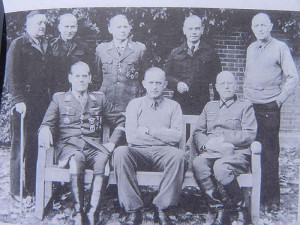
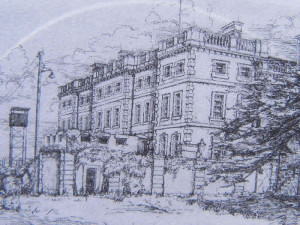

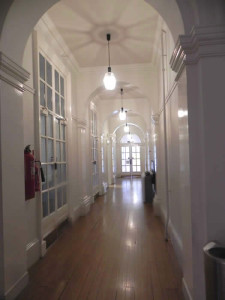
Variously seeded within the mansion’s convivial assemblage were ranks of stool-pigeons and studied conversationalists trained to initiate dialogue and gain the confidence of the battle-hardened officers. The relaxed atmosphere of idle talk and tattles produced acetate records in growing heaps, each word documented by recording engineers, translated by fluent German-speaking interpreters, and typed by pools of stenographers, all sworn to secrecy under penalties of the draconian Official Secrets Act.
If the chat lagged CSDIC had gentle but persuasive means to loosen tongues, including populating the groups with agents trained to initiate conversations and posing as welfare officers. The agents compassionately inquired about ways to get reassuring word to families or speculated idly with the prisoners about a battle’s outcome, the intent being the conversion of lazy chat into actionable intelligence. To introduce variety in intelligence categories, captured Luftwaffe and U boat officers were regularly rotated into the mostly Wehrmacht groups. In maintaining the pretense, uniformed guards accorded full military respect by snapping hand salutes to the general officers. But it was all a carefully staged performance, with the unknowing German officers as the cast and the hidden staff playing the part of an attentive although unresponsive audience.
The intelligence harvest succeeded beyond any expectation. Over 10,000 typed pages resulted from the secret recording of 64,427 conversations, each translated from German into English, with one-half page for the shortest chat to a bulky 22 pages for the lengthiest. It became the largest intelligence bonanza of its type in the war, as the unknowing prisoners continued to amicably and openly chat into the hidden microphones, the connecting wires directly leading to the eager ears of engineers and translators below.
Marked “CLOSED UNTIL 2021,” the original double-sided mansuscripts in the first row below were made available to the author by the National Archives, Kew, England. The center image, typed on both sides from a once top-secret dossier, shows Nazi Germany’s continuing interest in the manufacture and potential use of poison gas on the battlefield. On the right the author examines in the mansion’s basement what may be the only remaining wire from the 1942 installation of the various microphones and recording devices.
In the second row marked “THIS REPORT IS MOST SECRET” an intercept summarizes an officers description of Nazi Germany’s major interest in “rocket weapons,” including Hitler’s delusional desire to re-equip the entire army with rockets. The other sketches show precise attention to detail by British intelligence including a drawing of part of OKW Berlin headquarters and the drawing of a breech mechanism of a German weapon. This is the first published description of the actual intercepts with photos never before seen.
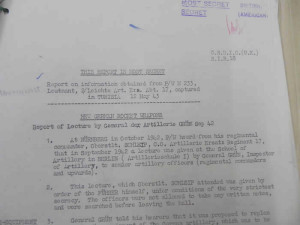
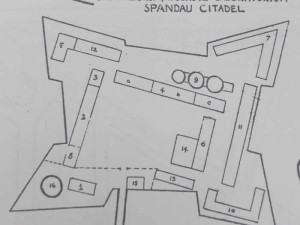
Trent Park’s accumulated intelligence added to masses of other secrets uncovered by thousands of secret agents posted in other unknown places including BLETCHLEY PARK where ULTRA broke the German ENIGMA cypher, or the WESTERN APPROACHES Command Centre in Liverpool. Both were exclusively revealed by the author in feature articles appearing in international publications. Some are on this site and can be accessed by the buttons below. Liverpool’s Western Approaches Command Centre continues as the last remaining major secret of World War Two with revelations and images exclusive to this web site.
The images below show some of the same rooms used by the Nazi generals, and from where the secret recordings originated. Now used as classrooms by Middlesex University, the entire facility was closed in September 2012. No plans have been announced as to the building’s fate or disclosure of its unknown role in the history of the Second World War.
Considered by many to be as important to secretly learning enemy plans and battle outcomes as Bletchley Park was to codebreaking, Trent Park is under a new threat. A gated housing complex will soon occupy most of the expansive estate grounds, with the continued existence of the mansion where secret listeners recorded every word spoken by captured high-ranking German officers at risk. But you can make a difference
Every month this web-site receives many thousands of registered hits, with almost 21,000 in only the month of August, 2016. To add your name to many others who are petitioning the developer to set aside a part of the mansion as a museum, go to www.trentparkmuseum.org.uk and speak-out. Hearings have been held and the developer has expressed interest in setting aside a part of the mansion as a museum, but more is needed. World War II was the greatest battle in history, and all that is associated with it must be maintained for future generations. Trent Park is essential to understanding the history of our time.

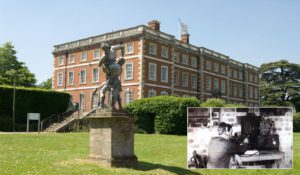
RETURN AGAIN for more first-person features developed through on-site visits, comprehensive research, and factual reporting. Trent Park and other features by the author enter the actual locations where history was made and which still exist, and where its lessons can be passed to new generations. TRENT PARK TATTLETALES is another secret place unknown to most historians specializing in World War Two. The author welcomes inquiries to Jerome O’Connor.
![EUROPEMAY71812031[1]](https://historyarticles.com/wp-content/uploads/2013/09/EUROPEMAY718120311-300x225.jpg)
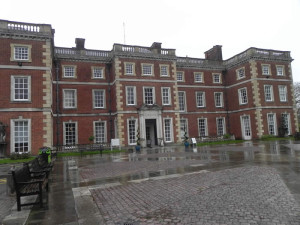
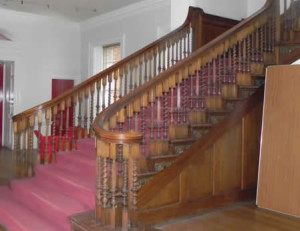
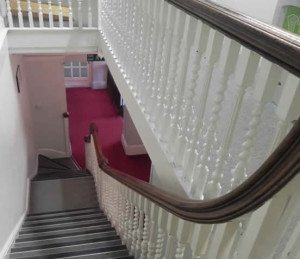
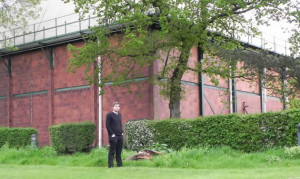
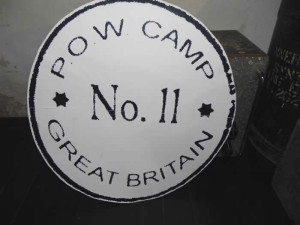

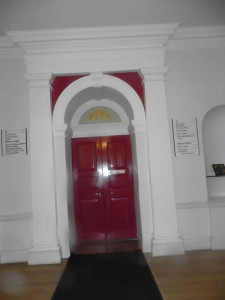
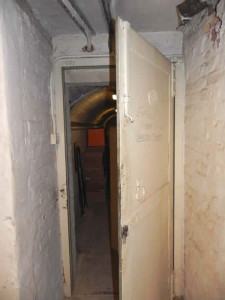
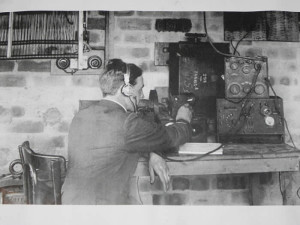
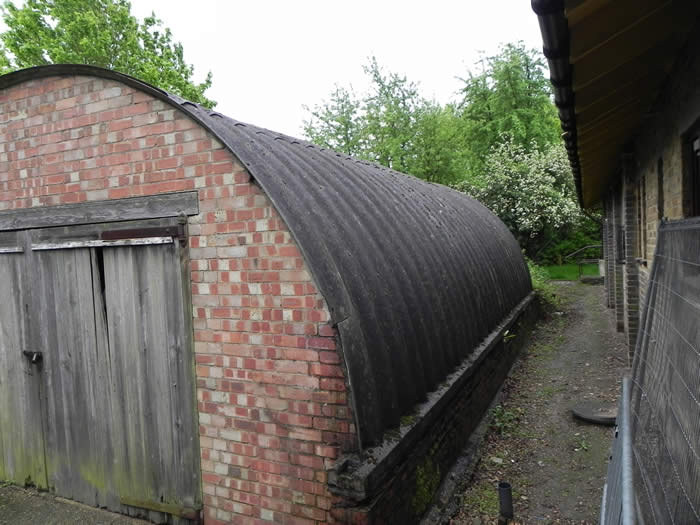

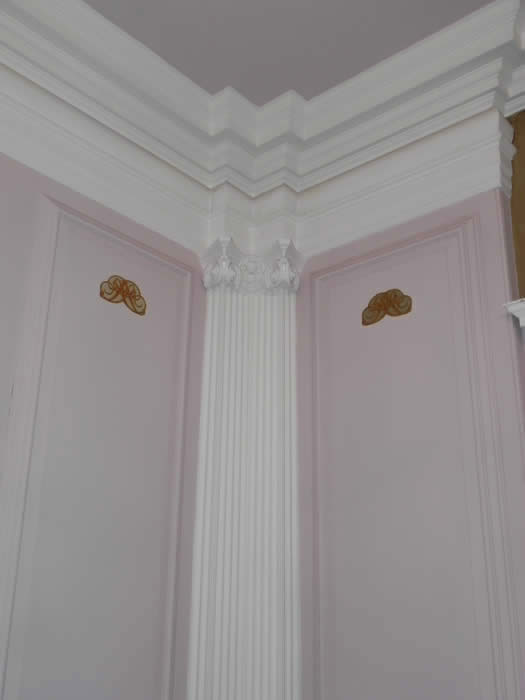
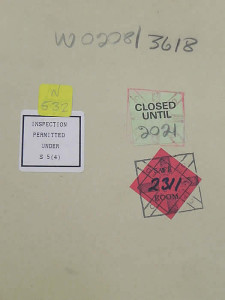
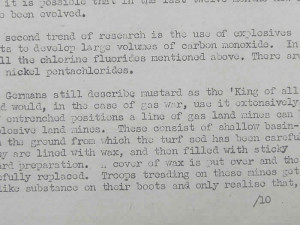

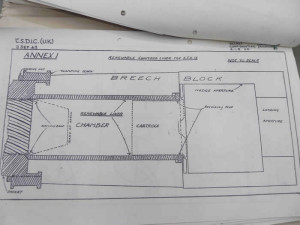
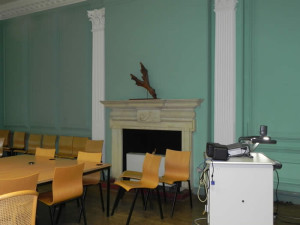
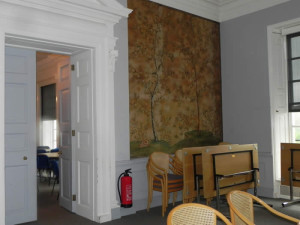


Trent Park is a monument to Brittish intelligence on several levels. Please try and save the main buildings from the developers.